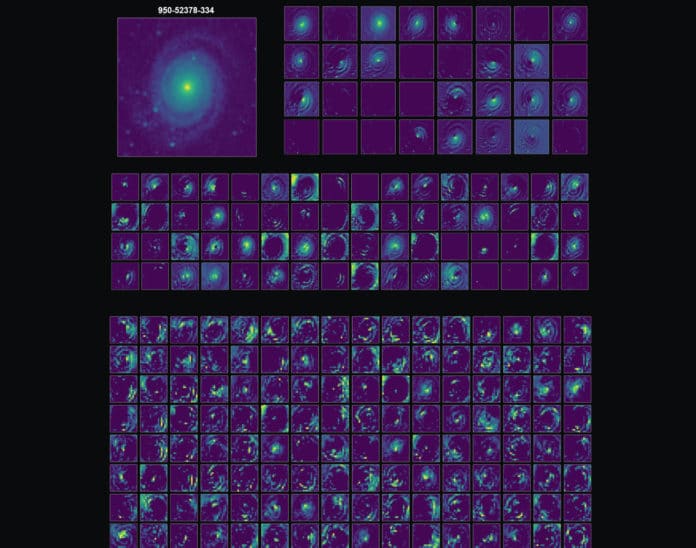The distribution of galaxies in space is not random; instead, they are grouped in gravitationally bound clusters.
The shapes of galaxies give a clue to the age and types of stars within the galaxy. Classification of their shapes also provides detailed insights into their formation and evolution. It can also shed light on the nature of the Universe itself.
There are billions of galaxies in the Universe. It is usually assumed that there are 3 types of galaxies (according to shape): elliptical, spiral, and irregular.
With larger surveys of the sky happening all the time, astronomers are collecting too many galaxies to look at and classify on their own. The advent of large-scale surveys has hastened the need to develop techniques for automated morphological classification.
Considering this, astrophysicists from Australia used machine learning to design a computer program that can classify tens of thousands of galaxies in the blink of an eye.
In recent, Convolutional Neural Networks (CNN) have more than doubled in their usage in astronomy. Most of the existing CNNs that astronomers use is binary – is this a spiral galaxy or not?
Unlike such existing CNNs, this new CNN uses multiclass classification – is this an elliptical, lenticular, spiral, or irregular galaxy? – with more accuracy than the existing binary networks.
Lead author Mitchell Cavanagh, a Ph.D. candidate based at The University of Western Australia node of the International Centre for Radio Astronomy Research (ICRAR), said, “The massive advantage of neural networks is speed. Survey images that would otherwise have taken months to be classified by humans can instead be classified in mere minutes. Using a standard graphics card, we can classify 14,000 galaxies in less than 3 seconds.”

“These neural networks are not necessarily going to be better than people because people train them, but they’re getting close with more than 80% accuracy and up to 97% when classifying between ellipticals and spirals.”
Another benefit of this new AI is that scientists can classify more than 100,000,000 galaxies at different distances from Earth and in different environments.
Journal Reference:
- Mitchell K Cavanagh, Kenji Bekki, Brent A Groves, Morphological classification of galaxies with deep learning: comparing 3-way and 4-way CNNs, Monthly Notices of the Royal Astronomical Society, Volume 506, Issue 1, September 2021, Pages 659–676, DOI: 10.1093/mnras/stab1552
